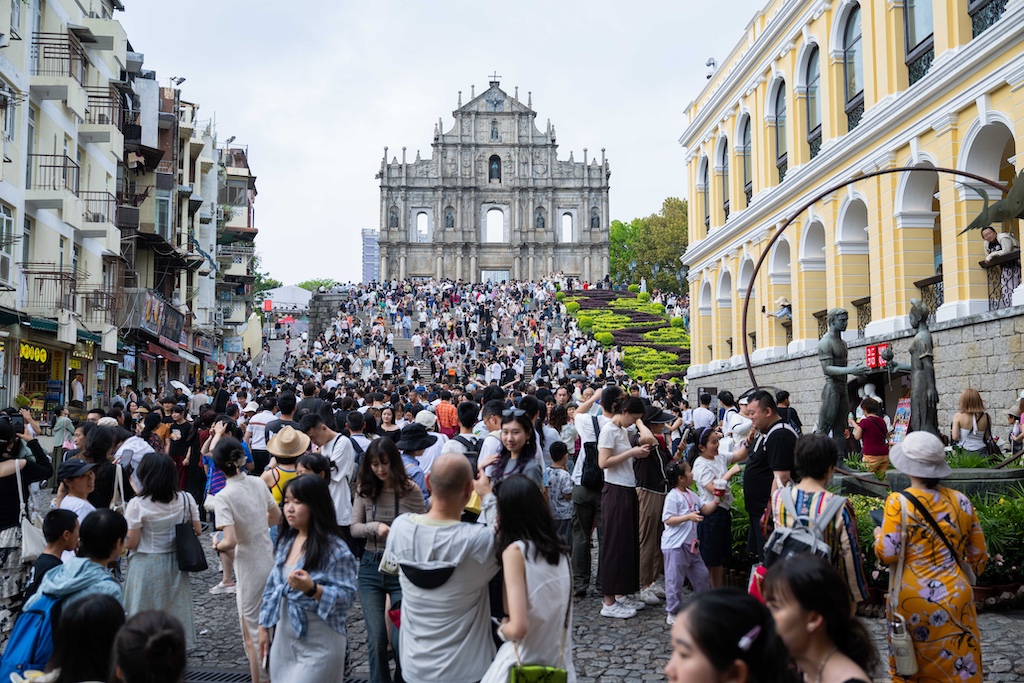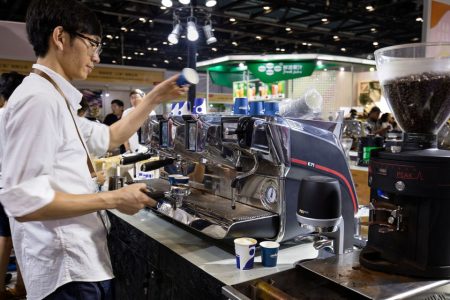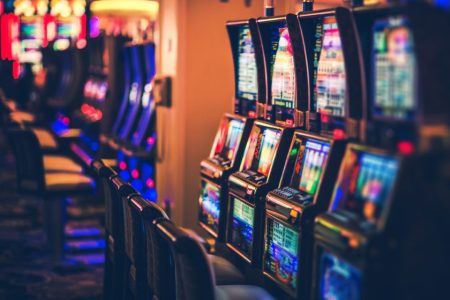Visitors in Macao spent a total of 18.25 billion patacas (US$2.26 billion) outside of local casinos in the second quarter of this year, up by 4.6 percent year-on-year. That’s according to recent data from the Statistics and Census Service (known by its Portuguese initials DSEC).
On average, non-gaming spending in the second quarter totalled 1,950 patacas (US$241.59) per person, a reduction of 12.3 percent against the same period last year. Overnight tourists spent an average of 3,663 patacas (US$453.83), a drop of 2.1 percent year-on-year. As for same-day travellers, their spending averaged 673 patacas (US$453.83), a dip of 19.3 percent.
Tourists mostly spent their money on shopping, which accounted for 41.5 percent of their total expenditures. In second place was accommodation (24.9 percent), followed by food and beverages (22.5 percent), transport (4.8 percent) and other items (6.3 percent).
By purpose of visit, visitors who attended concerts spent the most per capita, with their expenditure averaging 4,079 patacas (US$505.14). Those participating in MICE events were ranked second place, spending an average of 3,322 patacas (US$411.39).
When analysed in terms of the domestic visitor market, mainland Chinese tourists disbursed a per capita average of 2,203 patacas in the second quarter, a dip of 15 percent year-on-year. This was followed by Taiwan’s 2,031 patacas (US$251.63, -5.1 percent) and Hong Kong’s 1,000 patacas (US$123.89, -9.1 percent) per head.
Non-gaming spending among overseas visitors experienced a year-on-year drop of 10.2 percent, averaging 2,134 patacas (US$264.27) a head. While Japan saw its average rise by 18.5 percent to 2,274 patacas (US$281.74), South Korea’s average of 2,728 patacas per visitor (US$337.98) represented a decrease of 1.5 percent.
In terms of the Southeast Asian markets, per capita spending among Singaporeans and Malaysians grew year-on-year by 22 percent (3,201 patacas, US$396.59) 6.1 percent (1,799 patacas, US$222.89) respectively. Meanwhile, Thai tourists saw their average reach 2,455 patacas (US$304.16), falling by 8.8 percent in comparison to the second quarter of 2024.
[See more: ‘Rapid shifts’ in visitor spending behind Macao’s shrinking GDP]
Overall, visitor expenditure during the first six months of this year totalled 37.86 billion patacas (US$4.69 billion), a slight decrease of 0.2 percent year-on-year. Average spending per capita over this period hit 1,970 patacas (US$243.96) dropping by 12.8 percent compared to the first half of last year.
While Macao is currently seeing an influx of visitors during this summer holiday season, retailers who recently spoke with Macao Daily News reported that sales had merely remained steady.
According to a restaurateur in the Horta e Costa district who was identified by the surname Ieong, the increased number of tourists has been offset by residents who have been going to the mainland and elsewhere to shop. As a result, business has not seen a noticeable increase.
With only several weeks left before the end of the summer holiday, local businesses interviewed by Macao Daily News also expressed concerns for the off-season in September.
Ieong mentioned that he hoped the government would launch a new round of consumption stimulus measures such as a city-wide spending drive and promotional initiatives for the elderly. The restaurant owner revealed that during last year’s city-wide consumption campaign, his sales grew between 15 to 25 percent.
Meanwhile, a local restaurant proprietor identified by the last name Wong said that in response to the increased number of residents travelling outside of Macao his store has boosted promotional efforts targeting tourists. The initiative has paid off, with Wong stating that he expects his overall business volume to grow by approximately 20 percent year-on-year.
With September approaching, Wong expects his business level to be average, as residents tighten their spending after their outbound trips.






